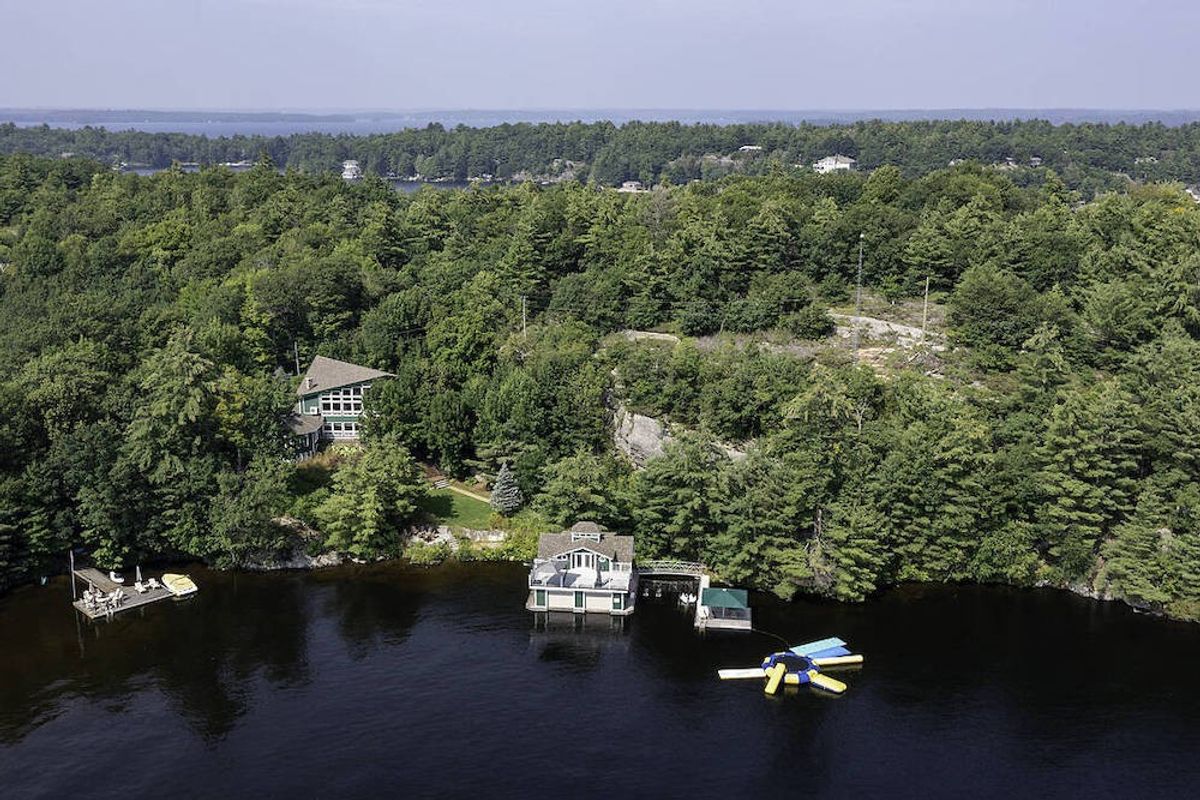
Despite their differences, planners and developers share one thing: a growing dissatisfaction with the way their projects are approved in Toronto.
More than ever, builders feel the city is doing everything in its power to thwart their efforts and slow them down at every turn. Planners, on the other hand, are overwhelmed with applications, tired of political interference and fed up with being overruled by the Ontario Municipal Board (OMB).
"I wish the city would see us as a partner," says Lifetime Developments vice-president Brian Brown. "Most developers would welcome a more constructive and cooperative relationship with staff and council. But, the current process, at times, remains frustrated. And frustrating. I wish the city recognized the costs to our collective future created by unexpected planning delays and the challenging planning environment."
Downtown councillor Joe Cressy sees things differently.
"I can categorically say that there is not a formal or informal process to slow down development," he insists. "The problem is that we have the same staff levels we did in 1997. The planning division is overworked and understaffed. It drives planners nuts. It drives developers nuts. And it drives councillors nuts. What we have now is a green-, yellow-, red-light system. If you're coming in with an application that's really positive, that's a green light. But if you come with an application that seeks significant over-development, you're going to get a red light. I'm trying to be really up-front and lead my community."
Cressy offers the old waterworks building at 505 Richmond St. W. as an example of a green-light project. Despite the complexity of the scheme — it includes 300 residential units, affordable housing, a YMCA, heritage retention and even a youth shelter — it was approved in a mere six months.
"There is a lot of concern," admits lawyer-turned-developer Steve Diamond. "But I don't think there's a conspiracy at city hall to slow down development. The city is bogged down in a myriad of policy reviews; the application process is longer. Because there has been so much growth, I don't think the city takes a positive attitude toward development. There's been a backlash. The city's growing like crazy and it's incredibly complex. It's a question of balance."

Robert Glover, an architect/planner with Bousfields Inc., agrees.
"There's been an extraordinary rebirth of downtown," he notes. "A big demographic change is happening; young people are looking for something new. But the public sector hasn't delivered its side of things. Every project gets approved separately. The city drags out approval to give itself more clout. Nobody wants to go to the OMB, but if you haven't been approved in two years, you go to the board."
Glover blames "the huge number of applications" for the delays. As he also points out, "Sites are often much more complicated now. We've gone through the simple ones." But he also worries that the application process has become "a checklist," which can help developers in their quest for clarity, but it means "less creativity."
"Planners feel overwhelmed," he claims. "They're trying to slow things down. There's a resource issue. If there's a conspiracy, it's a conspiracy of dunces."
For Cressy, who points out that fully a quarter of all development in the city — more than Etobicoke and Scarborough combined — is located in his ward, there are three criteria that make a proposal acceptable: "First is liveability," he explains, "every development should contribute to the neighbourhood. Second, it should exhibit good planning principles — height, separation from other towers, excellent urban design and, finally, when appropriate, heritage preservation."
Like all players, Cressy doesn't underestimate the influence of the OMB: "Because of the board," he says, "the city's planning policies are designed to minimize the bad rather than to incentivize the good. It's easy to say no, much easier to say yes. But we do have the right to say no. And we should say no to the bad developments quickly and expedite the good ones just as fast."
Another downtown councillor, Kristyn Wong-Tam, denies the existence of anything remotely resembling a conspiracy. "The issue," she argues, "is how to keep up with the volume of applications. These applications are very complex. They're breaking records for height and density and bringing tens of thousands of new residents into the downtown core. The volume of work for city planners is at an all-time high. And of course every application comes fully justified, even though often they're not even complete. Then there's the OMB."
Ah, yes, the OMB. Wong-Tam is not a fan. "It takes away from the integrity of the process," she says. "Even when the board's not involved; the threat's always there. It's already part of planners' decision-making."
Given that the desire to live downtown shows no signs of slowing, the situation will likely only get worse. As growth changes the landscape from one end of Toronto to the other, the tendency is for residents to hunker down and resist every proposal. Even mid-rise condos suffer under heavy planning guidelines and have become controversial in many neighbourhoods.
On the other hand, many communities would be happy to have such problems.
After all, these are issues of a city that can barely keep up with its own success. But if, as Brown says, "people fear change," Toronto will continue be a truly scary place.





















